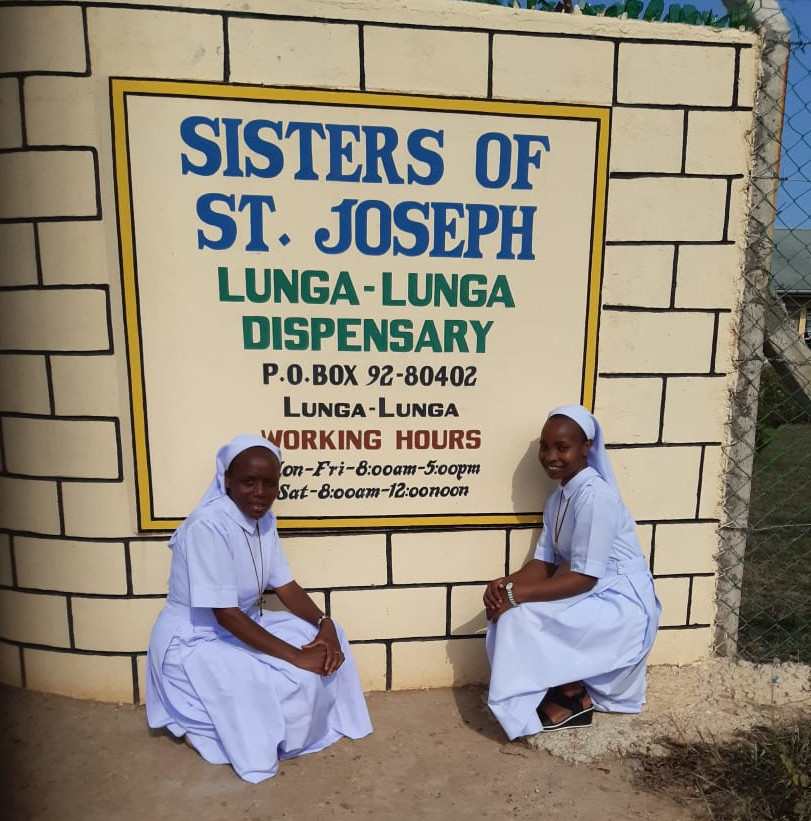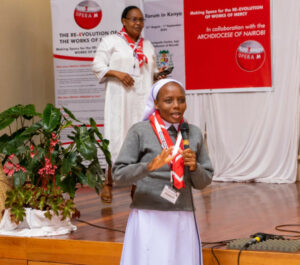
Sisters of St. Joseph of Mombasa | In Kenya with simplicity, among the people
On “Popoli e missione,” the journey among native women’s religious congregations in touch with spazio + spadoni
The story of the “Sisters of St. Joseph of Mombasa”

The clock strikes 10 a.m. in Italy when our interview begins. In Kenya it is 12 but Sister Joan Chemeli Langat, 38, originally from Nakuru, has already been awake since 4:30 a.m., as have her fellow sisters, the “Sisters of St. Joseph of Mombasa.”
“We are involved in different activities (schools, catechesis, parish, social ministry, hospital, university, apostolate in prisons and with street children),” she explains from Kwale.
The first of 8 siblings, Sister Joan took her vows 12 years ago, also with inculturation rites of the Kalenjiin tribe.
“My parents, although Catholic, were against it because, in our culture, a girl is a source of wealth because of the cows the family will get from her husband.” She, moreover, had studied and become a teacher.
The call, however, was stronger: “already when the Sisters of St. Joseph came every Friday to our school, I wanted to be like them. I was struck by the simplicity.”
A fruitful presence that continues to this day. “For example, in Lunga-Lunga, the opening of our schools has facilitated children enrolled in government schools, which are much further away. Or, in Mombasa, we experience a beautiful relationship with Muslims.
In the communities, we go to read the Gospel once a week and help people, who have learned how to plant fruits and corn. Thanks to the Hic sum project of spazio + spadoni, we have set up a chicken farm that allows us to buy rice and oil for the poorest.”
Finally, after spending some time in Italy, Sister Joan is also an ambassador for works of mercy.
“Often, we forget to do them. We sisters are also here for that.”
![]() The Congregation of the Sisters of St. Joseph of Mombasa (Kenya)
The Congregation of the Sisters of St. Joseph of Mombasa (Kenya)
Founded in Bura (Mombasa diocese) in 1929 by four Kenyan sisters, it was erected on Jan. 4, 1938, at Bishop Hefferman’s request for “a new indigenous women’s institute to assist the natives” with their own language.
After the first professions in 1941, today the congregation has 311 sisters (all African) and is present in 11 dioceses in Kenya with 74 communities and in 7 other countries: Tanzania, Malawi, New York, Philadelphia, New Jersey, Austria and Italy (Udine and Gorizia).
Their charism is “to witness in simplicity to the mission of Jesus” following the example of St. Joseph, patron of the Vicariate of Zanzibar.
Source
- Popoli e Missione, January 2025, p. 48

 The Congregation of the Sisters of St. Joseph of Mombasa (Kenya)
The Congregation of the Sisters of St. Joseph of Mombasa (Kenya)